Remote Range Hood Blowers: hood brand or generic?
Owen Witesman
3 years ago
Featured Answer
Sort by:Oldest
Comments (7)
kaseki
3 years agolast modified: 3 years agoRelated Discussions
hood question: does a remote blower make sense in my case?
Comments (47)When the effluent rises it has some velocity, and hence momentum. When it enters the hood it has a tendency to "reflect" and curl downward and potentially escape. If the hood is deep enough (top to bottom) and the hood fan flow is high enough (cfm) the curling effluent will remain captured and will be exhausted. The barrel design in the picture looks to me (without examining one) like it has adequate depth. W.r.t. ya think's question a few messages up: First I would say that the change from vertical to horizontal should be as large a radius curve as you can fit to minimize pressure loss (as well as noise). The effluent momentum (which is a vector) is being changed in direction. This is akin to stopping it and starting it up again. If it can slide along a curve, the momentum loss is significantly less. There is one commercial ducting source I came across once that uses 90-degree transitions, but embeds a curved shape within the duct to improve the flow. I find it hard to answer the question of what questions to ask. Usually, the answers aren't available. Ideally, one would want to know the fan curve (flow vs. static pressure) and try to estimate all the pressure losses (including the pressure one might pull the house down to with or without make-up air) to see what the real maximum flow rate will be. This can then be compared against estimates of effluent generation rate calculated from the reference below. The power used might be adjusted to represent your cooking style, as rarely would one have all burners on maximum and cooking at the highest pan temperature. One thing is certain, flow rate in the hood has to at least equal the flow rate from all the active burners and pans, and arguably should be higher due to imperfect effluent collection. Implied above is that the hood manufacturer can supply pressure loss of the filters vs. flow rate, as well as that of the hood transitions. Getting that data, even if it were ever measured, would be unlikely, me thinks. I suggest that various hoods be "audited" in showrooms to gain a feel for their noisiness versus their designs. The reference worth reading, even if one doesn't intend to use it for calculations, is "Thermal plumes of kitchen appliances: part 2 cooking mode," by Risto, Hannu, and Pekka. (I've found it on-line whenever I've looked for it. Part 1 is also interesting.) If you do use it for calculations, please note the following apparent errors in their Equation 1: The constant should be 0.05 not 5. The units of phi should be kW, not W. (these corrections make their tables consistent with the equation) You will need a scientific calculator or counterpart software to do the exponents (unless you are very old school and know how to do logarithms). You will also need to convert BTU to kW and cubic meters per second to cubic feet per minute. This is left as an exercise for the student. [insert sociopathic laugh here] kas...See MoreRecommend a hood liner to use with Abbaka remote blower!
Comments (2)We bought a Wolf liner (42" Pro Ventilation Liner) and it works great with the Abbaka. I like that it has a continuous twist knob for the blower so you can turn it up and down as you please without being tied in to specific Lo, Med, High, etc. My only disappointment is that there isn't a grease trap at the back of the liner, so if you do tons of greasy cooking without cleaning the baffles, grease will eventually drain out the back of the removable baffles and onto the ledge they rest on and then . . . drip onto the stove, I guess. Or maybe into the body of the liner? This is reminding me that I should probably go see if the baffles need cleaning! I'm very happy with the Abbaka (bought from Dvorsons--thumbs up for their service) and in-line silencer. We started with a Zephyr Monsoon II, but it was so loud that we couldn't stand it and decided to swallow the cost of replacement. The Abbaka on high (1400 cfm rating) is quieter than the Zephyr on low. Edited to add: be sure to check what's in the Abbaka box. We ordered the 1400 cfm but the box had a 1000 cfm blower in it and was mislabeled. I only realized it when I heard the contractor's guys talking about an adaptor for an 8" duct, which shouldn't have been needed. Despite the fact that we'd had it for a few months, Dvorson's was very helpful in getting in touch with Abbaka and making sure the right blower was shipped right away....See MoreModern-aire hood with Wolf remote blower
Comments (8)The Wolf 1500 nominal CFM blower that I have is sourced from Broan as Joe noted above. As I recall, being an induction motor, it requires two-conductor-plus-ground cable, probably with AWG 14 conductors. (If you are desperate to know this, I can get into my attic to look.) Romex (NM) cable should do unless your municipality has some peculiar requirement otherwise. Even an amateur electrician should have the needed cable on hand. My Wolf hood (made by Independent in those days) uses a rheostat-controlled diac/triac circuit for motor control. (This is probably described somewhere on Wikipedia, as well as in various 1970-ish transistor circuit guides, such as the one by GE.) More sophisticated integrated circuit motor controls exist if one wants to initiate a research hobby to look them up. Note: Semiconductor motor controls operate in a reverse direction from lighting controls. Upon turn-on, the motor is given full power to start up, and then further clockwise rotation of the control reduces motor power. (In the diac/triac circuit, the reduction in power is due to increasing amounts of the electrical cycle being removed from the motor power waveform.) The Wolf blower housing has its own damper that opens when the motor starts. I believe it to be forced open by the air pressure. The hood damper is still useful as one wants to keep wind impinging on the system from leaking into the house, and warm household air from leaking past the hood into attic spaces. If your hood doesn't have a damper, order one from Fantech for your size ducting, along with a couple of duct clamps. I'm not sure that locality of repair is really an important factor in a roof-mounted blower. You or your designated victim will have to get up there and remove parts to get the motor out, and then replace it. If a meteor hits the blower, just plan on replacing the entire assembly. While my unit generally keeps the roof below it clear of snow, or at least self clears the snow, in very cold weather with a humidified house damper freezing is possible. If you have very deep snow, a more commercial style up-blast blower assembly on a suitable pedestal may be a better choice. kas...See Morewolf 48” in blower or remote blower hood vent
Comments (46)We fully agree that homeowners should do extensive research including the use of Houzz and other social forms But that also should in our opinion includes speaking to licensed professionals in the supporting fields for their project And that is exactly what we did And we did meet with licensed Structural Engineers , Hvac, general contractor, Electricians and plumbers etc. Every one of them as well researched from their licensing to customer reviews/feedback Houzx is a great form to use but again you don’t really know the background of the people you’re speaking with and their opinions are worth noting but should be validated There comes a point in our experience and knowledge that we have to bow out because we are not professionals in this field Anybody who takes offense to our bowing out should not ...we know limits and cannot provide more than we already have. Please start another strand for future questions as we will not be commenting on this any further....See MoreOwen Witesman
3 years agolast modified: 3 years agokaseki
3 years agoOwen Witesman
3 years agokaseki
3 years agoHU-678275
3 years ago
Related Stories
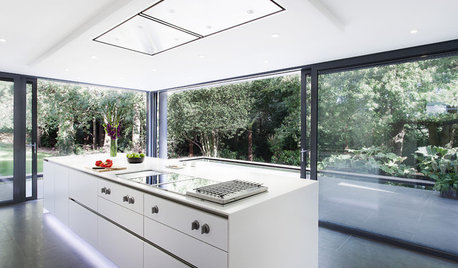
KITCHEN APPLIANCESDisappearing Range Hoods: A New Trend?
Concealed exhaust fans cut visual clutter in the kitchen
Full Story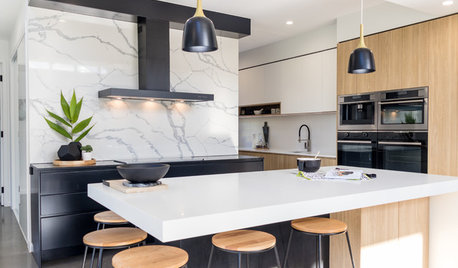
KITCHEN DESIGNHow to Get Your Range Hood Right
Get a handle on the technical specs, and then learn about fun design options for creating a beautiful kitchen feature
Full Story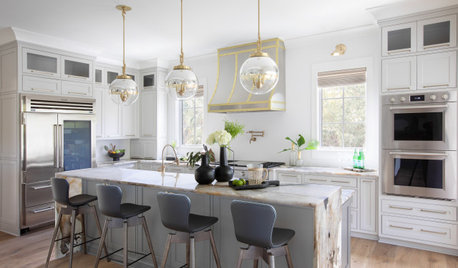
KITCHEN DESIGNDesigner Tips for Range Hoods, Appliances and Lighting
Learn how to get your microwave height just right, what kind of bar stool will be most comfortable and more
Full Story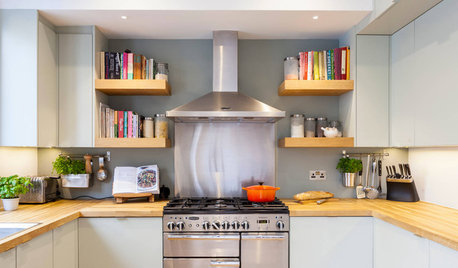
KITCHEN APPLIANCESWhat to Consider When Adding a Range Hood
Get to know the types, styles and why you may want to skip a hood altogether
Full Story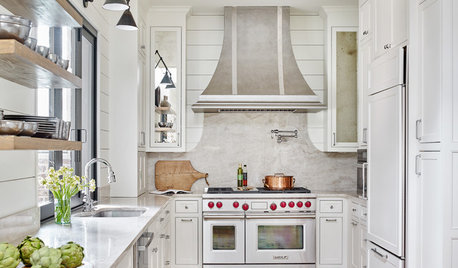
KITCHEN APPLIANCESHouzz Call: Show Us Your Creative Range Hood
Have you customized your kitchen’s range hood? Please tell us all about it
Full Story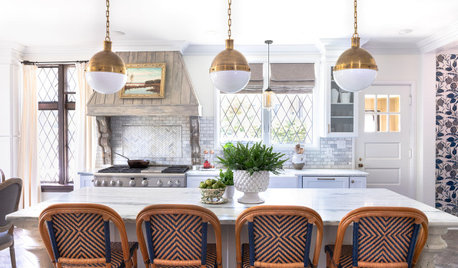
KITCHEN MAKEOVERSKitchen of the Week: Hand-Painted Range Hood and Classic Finishes
A designer puts hardworking materials, repurposed features and personal touches to work in her own charming kitchen
Full Story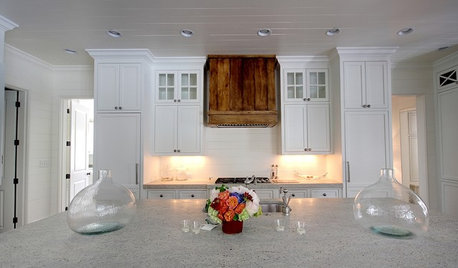
KITCHEN DESIGNWood Range Hoods Naturally Fit Kitchen Style
Bring warmth and beauty into the heart of your home with a range hood crafted from nature's bounty
Full Story
KITCHEN DESIGNWhat to Know When Choosing a Range Hood
Find out the types of kitchen range hoods available and the options for customized units
Full Story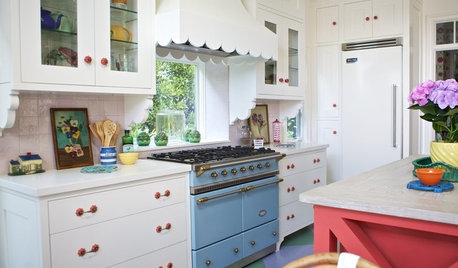
KITCHEN APPLIANCESThe Many Ways to Get Creative With Kitchen Hoods
Distinctive hood designs — in reclaimed barn wood, zinc, copper and more — are transforming the look of kitchens
Full Story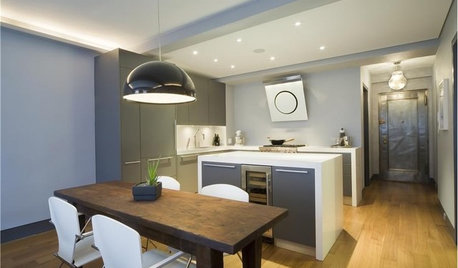
KITCHEN DESIGNHow to Choose the Right Hood Fan for Your Kitchen
Keep your kitchen clean and your home's air fresh by understanding all the options for ventilating via a hood fan
Full StorySponsored
Central Ohio's Trusted Home Remodeler Specializing in Kitchens & Baths



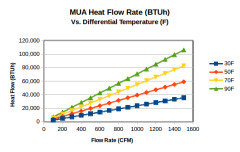
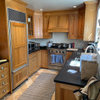
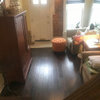
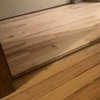
Owen WitesmanOriginal Author